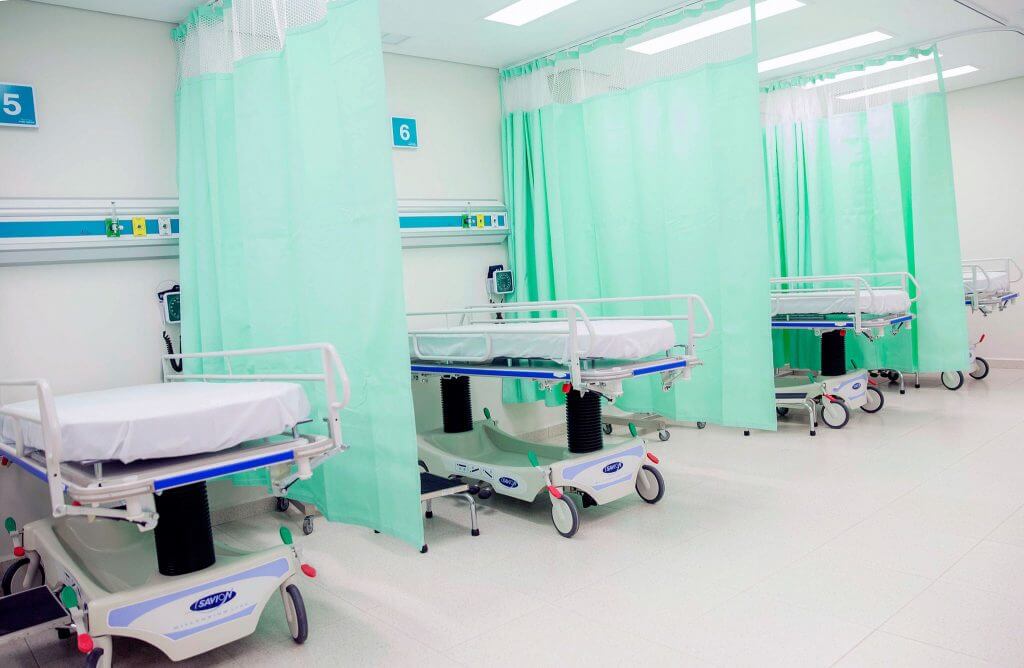People who use implanted electronic devices are compelled to recharge or replace them whenever they run out of power. Most of the devices are battery powered and the batteries can only be replaced or recharged so that the devices can continue working. The patients who use these life-saving devices such as pacemakers and brain simulators have to continuously undergo the uncomfortable procedures of changing or recharging the batteries. However, various studies have shown that the use of solar powered implanted medical devices is viable.
The first study to provide real-life data about the use of solar medical implants is a study done by Swiss researchers. The research has found out that solar cells with dimensions of 3.6 square centimeters can be placed under the skin to continuously be charging the particular implanted electronic medical device being used. These solar cells are designed in a way that they work regardless of the weather where they work both in summer and in winter. The cells work by converting the light that penetrates the skin into energy. The temperatures do not matter since it is only the light that is needed to be converted.
By using the solar cells to charge the implanted electronic medical devices the need to undergo the procedures of recharging or replacing the batteries is eliminated. With the regular recharging procedures the risks of having medical complications are increased.
The batteries used on these devices are also quite large and they depend on the number of batteries being used. If one wants the batteries to have a longer life span more batteries are used and this makes the device bigger. The solar powered cells which were presented on the Swiss study are just 3.6 square centimeters. This means they can be placed under the skin in a convenient matter and they will be able to produce sufficient energy to charge the solar medical implants conveniently.
The tiny solar cells presented were covered with optical filters to test the effects of the skin on how well the light would penetrate the skin. They were then worn on the arms of thirty-two volunteers for a week during winter, summer, and autumn. During all the seasons the cells were generating about five to ten microwatts. This is sufficient energy to power different kinds of solar medical implants such as a pacemaker. The volunteers whose cells generated the least power were still able to generate an average of twelve microwatts. The power generated by all the cells tested is enough to power a pacemaker or at least increase the lifespan of any other implant. This means that even if some of the implants might still need to be recharged or replaced, the time they remain charged can be increased significantly.
The head of the Swiss researchers strongly believes that the research can be scaled up to be applied to other solar powered applications on humans. This will allow people who use the implants feel safe since they will not be worrying about their implants running out of power. The only factors that need to be considered while using these cells are where the cells are placed and the thickness of the patient’s skin.
If you are wanting to slash your bills by at least 50 percent, give Solar 360 a call. We’ll answer all of your questions and get you started down the road to solar power freedom.
Image courtesy of Presidentia de la Republica Mexicana, flickr Creative Commons.









